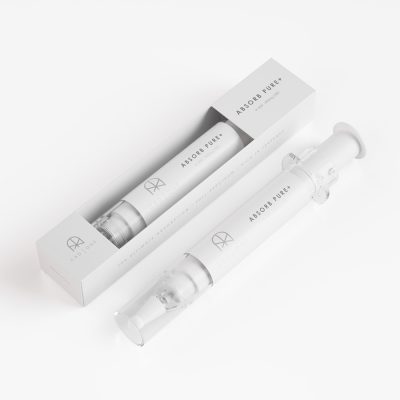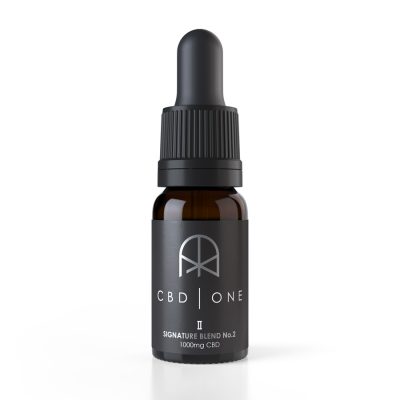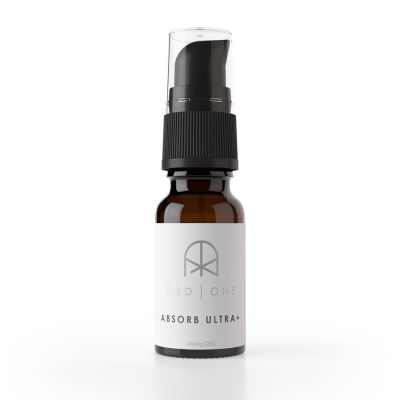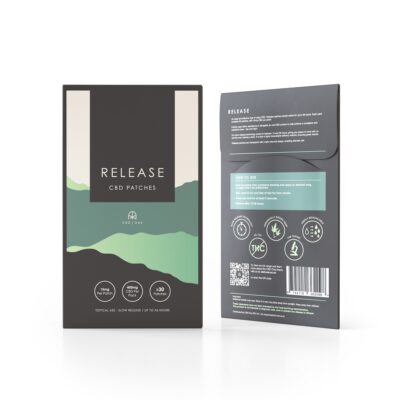
If you’ve taken CBD oil before, you probably noticed when you were using it that it has a very distinct smell.
This smell, and the aromas found in other plants, are caused by compounds called terpenes.
But what are cannabis terpenes? And what do they do?
Let’s take a closer look.
Terpenes are compounds found in many plants that give off the different scents and aromas that produce the characteristic smells of particular plants.
For example, terpenes are responsible for the familiar smell of lavender and fresh orange peel.
Terpenes are often specific in individual plants and they use these unique scents as a defence mechanism to discourage animals or organisms from feeding off of them.
Just like terpenes are beneficial to the plants producing them, human beings can also benefit significantly from their numerous properties.
Tiny glandular hairs called Trichomes, which have a distinct crystal–sheen and sticky feel, have resin glands that produce cannabis Terpenes along with cannabinoids like THC and CBD.
As the plant is harvested and cured, the terpenes begin to oxidize and turn into terpenoids.
Different cannabis strains have distinctive flavours and smells, like citrus and pine, thanks to the combination and quantity of terpenes found in each specific strain.
Although much of the research is still ongoing, recent flexibility in the rules around cannabis has encouraged more profound research into cannabis, and scientists have identified over 200 Terpenes in cannabis plants.
Terpenes play different roles in plants, depending on the species, but the primary function most of them have is to help with keeping predators away.
There are also some Terpenes that are there to achieve the opposite - attracting animals and insects that can be used to help with pollination - while others are used to help the plant recover after being damaged.
It’s thought that Terpenes could have beneficial effects on the human body, in a similar way that they do for plants, with studies showing that some terpenes may have an impact on things like sleep, pain and mood.
Because they’re naturally occurring compounds, terpenes are found in many household products, but little research has been carried out on the ways in which each of them impacts the body.
Although there is still much to learn about terpenes and cannabinoids, and their potential benefits, it’s commonly believed that all of these natural compounds work together to produce the entourage effect.
This is where the individual properties of the compounds found within the cannabis plant are amplified when used in conjunction with each other.
I often think of this like a football team - the players by themselves are incredibly talented athletes, but they’re much more effective when working together as a team than if they were playing the games individually.
With all of that being said, the research into Cannabis, and the effects of all of the individual compounds found within it, are still in their early stages, and there is still the need for much more substantive studies into the effects of the different cannabinoids and terpene profiles could have on humans.
Some people believe that Terpenes work to enhance the high effect of cannabis, but this isn’t the case.
The high associated with recreational cannabis use is caused by THC (Tetrahydrocannabinol) which is a psychoactive compound found in high quantities in certain strains of the cannabis plant.
Despite being produced by the same parts of the cannabis plant, terpenes are not psychoactive and so will not get users high.
While not contributing to the high, some people believe that terpenes could work to balance out the high effect of THC, but this has not been proven to be the case with any research I’ve come across.
There are many terpenes in existence, and they’re commonly found in a number of common household products, but scientists have only managed to study a few in great detail.
Let’s take a look at what they have discovered so far.
As the name suggests, Limonene is common in citrus fruits like lemons and oranges, with it making up about 97% of the essential oils found in orange rinds.
It is one of the most common terpenes, easily recognizable by scent, and is frequently added to foods, cosmetics, and household cleaning products.
Many plants, including cloves and black pepper, contain Beta-Caryophyllene and feature it’s peppery, herbal aromas.
Research has found that beta-caryophyllene could have anti-inflammatory properties but, as with all cannabinoids and terpenes, there is still the need for further research to substantiate these claims.
This terpene is common in lavender plants, and actually gives the lavender flower its recognisable scent, so this terpene is commonly used to make aromatherapy substances.
According to studies, Linalool has different effects on the body, including being potentially anti-microbial, antidepressant, anti-inflammatory, neuroprotective, and anti-anxiety; but more research is needed.
Myrcene is found in the cannabis plant, as well as in plants like lemongrass, thyme and hops, where it contributes towards the peppery and balsam aroma you can often smell in beer.
It’s widely used in the fragrance industry to supplement other aromas, but it’s also an incredibly potent antioxidant that has been studied numerous times for it’s potential properties.
As you look into the properties of Myrcene while referring to the studies, it’s important to note that the researchers used a high concentration of the compound in their studies.
This compound is present in clover, ginger, and hop plants. The popularity of this compound is from the fact that it could have an impact on allergic inflammation.
Studies have also revealed that Humulene could play a protective role for cells, although there is still much work to be done to reveal the true effects of this compound.
All the terpenes mentioned above are the most abundant ones, but some of the additional terpenes found in Cannabis include:
As the name suggests, Pinene is common in conifers like pine but is also commonly found in certain cannabis strains.
This substance is thought to have anti-inflammatory properties, and its potential applications include preventing ulcers and improving airflow to the lungs.
You can find this terpene in aromatic plants like rosemary, coniferous, apples, and lilacs. So far, studies have revealed its potential as an antioxidant and sedative.
Plants like mangoes, mint, basil, and orchids contain Ocimene. It features anti-inflammatory, anti-fungal, and anti-viral properties.
Plants like cypress pine and guaiacum have this terpene. It has a similar signature to a piney aroma and studies have found it to have antimicrobial properties.
Like most plants, the cannabis plant produces Terpenes for protection and regeneration.
And while there is still a lot to learn about these compounds, it seems they could all have some valuable properties for our bodies.
Despite there being hundreds of terpenes in existence, only a few stand out naturally in the plants we see on a day to day basis, so we’re still very limited on what we know about them.
Hopefully, as Cannabis becomes more mainstream in place like the US, research will be able to show how terpenes, and the other compounds found within the cannabis plant, can effect our bodies and how they function.
Until then, we’re going to trust that mother nature knows best, and leave the plants that go into our products exactly as they are!



Bioavailability:?Bioavailability | 99% |
CBD content:?CBD content | 800mg | 1600mg | 4000mg |
Cannabinoid spectrum:?Cannabinoid spectrum | Full |
| Daily use: | Once daily |
Best for:?Best for | Powerful water-soluble option |

Bioavailability:?Bioavailability | 12 % |
CBD content:?CBD content | 1000mg | 2000mg | 5000mg |
Cannabinoid spectrum:?Cannabinoid spectrum | Full |
| Daily use: | 1-3 times |
Best for:?Best for | All round oil |

Bioavailability:?Bioavailability | 99% |
CBD content:?CBD content | 400mg | 800mg | 2000mg |
Cannabinoid spectrum:?Cannabinoid spectrum | Full |
| Daily use: | Once daily |
Best for:?Best for | Great all-rounder |

Bioavailability:?Bioavailability | 40%+ |
CBD Content:?CBD Content | 450mg | 900mg | 1350mg |
Cannabinoid spectrum:?Cannabinoid spectrum | Pure CBD |
| Daily use: | Once |
Best for:?Best for | Round the clock super-effective dosing |